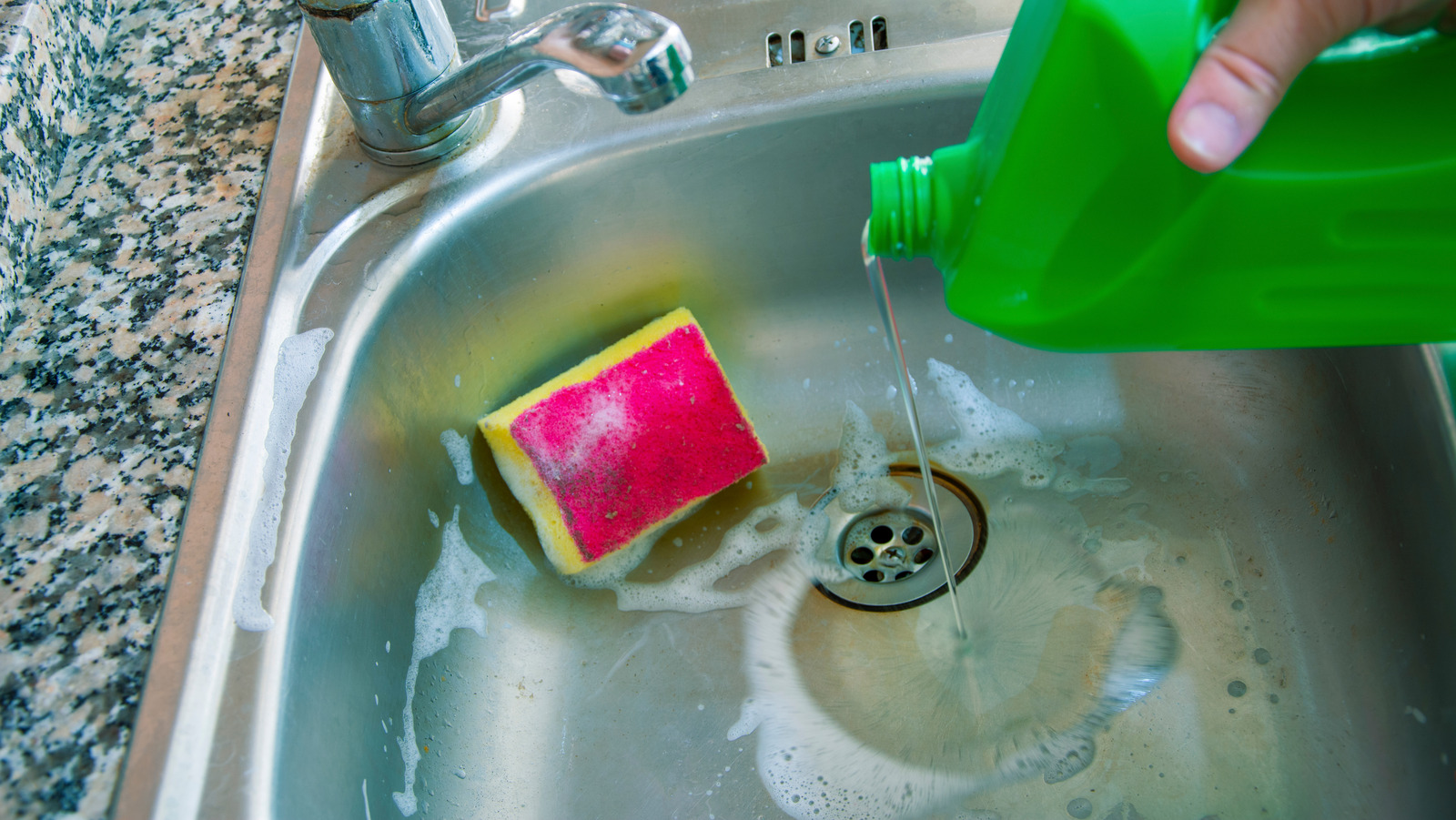Effects of Bleach on Plumbing: Pouring Bleach Down Bathroom Sink

Pouring bleach down bathroom sink – Bleach is a powerful chemical that can have a corrosive effect on plumbing fixtures and components. It can damage metal pipes, plastic and rubber components, and septic systems.
Metal Pipes
Bleach can corrode metal pipes, especially those made of copper or galvanized steel. The corrosion process can weaken the pipes, causing them to leak or burst. In severe cases, the corrosion can even lead to the complete failure of the plumbing system.
Plastic and Rubber Components
Bleach can also damage plastic and rubber components in plumbing systems. These components include gaskets, seals, and O-rings. The bleach can cause these components to become brittle and crack, leading to leaks.
Pouring bleach down your bathroom sink can be a dangerous and ineffective way to clean it. The harsh chemicals in bleach can damage your pipes and fixtures, and they can also create harmful fumes. If you’re looking for a more effective and safer way to clean your bathroom sink, consider using a vigo glass vessel bathroom sink.
These sinks are made from durable glass that is resistant to scratches and stains, and they’re also easy to clean. Plus, they come in a variety of styles to match any bathroom décor. So if you’re tired of pouring bleach down your bathroom sink, consider switching to a vigo glass vessel bathroom sink today.
Septic Systems
Bleach can also have a negative impact on septic systems. The bacteria in septic systems break down waste and help to keep the system functioning properly. Bleach can kill these bacteria, which can lead to a buildup of waste and a malfunctioning septic system.
If you’re wondering about pouring bleach down the bathroom sink, it’s generally not recommended as it can damage pipes and fixtures. Instead, consider investing in a single sink 48 inch bathroom vanity with a built-in sink, ensuring durability and a stylish touch to your bathroom.
Pouring bleach down the bathroom sink can also release harmful fumes, so it’s best to avoid it for the safety of your home and family.
Health and Safety Considerations

Bleach is a powerful chemical that can cause serious health problems if not handled properly. The fumes from bleach can be harmful to the respiratory system, and skin and eye contact can cause irritation. It is important to take precautions when using bleach to avoid these risks.
Respiratory Hazards
Bleach fumes can irritate the nose, throat, and lungs. In high concentrations, bleach fumes can cause difficulty breathing, coughing, and wheezing. People with asthma or other respiratory conditions are particularly susceptible to the effects of bleach fumes.
Skin and Eye Irritation
Bleach can cause skin irritation and burns. It can also cause eye irritation and redness. In severe cases, bleach can cause corneal damage.
Proper Ventilation and Protective Gear, Pouring bleach down bathroom sink
To avoid the health risks associated with bleach, it is important to use it in a well-ventilated area. You should also wear gloves, eye protection, and a mask when using bleach. If you experience any respiratory irritation or skin irritation, stop using bleach and seek medical attention.
Alternative Cleaning Methods
:max_bytes(150000):strip_icc()/pouring-chemicals-down-a-sink-80033290-5810e9425f9b58564c60a7e1.jpg)
Bleach, while effective, can have negative impacts on plumbing, health, and safety. Fortunately, there are several effective and safe alternative cleaning methods for bathroom sinks.
One popular option is to use a baking soda and vinegar solution. Baking soda is a mild abrasive that can help remove stains and grime, while vinegar is a natural disinfectant. To use this method, sprinkle baking soda around the sink and scrub with a damp sponge. Then, pour vinegar over the baking soda and let it fizz. Rinse the sink thoroughly with water.
Bleach-Free Disinfectant Solution
Another option is to create a bleach-free disinfectant solution. This can be made by mixing equal parts water and white vinegar in a spray bottle. Add a few drops of essential oil, such as tea tree oil or lavender oil, for a fresh scent. Spray the solution on surfaces and let it sit for a few minutes before wiping it off.